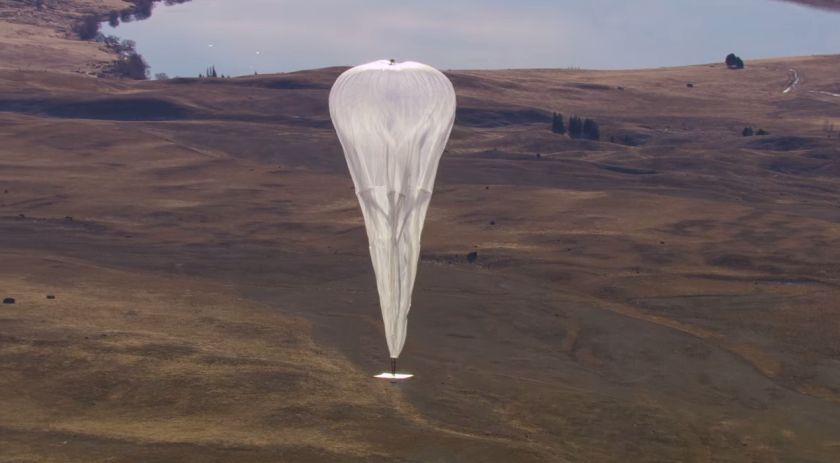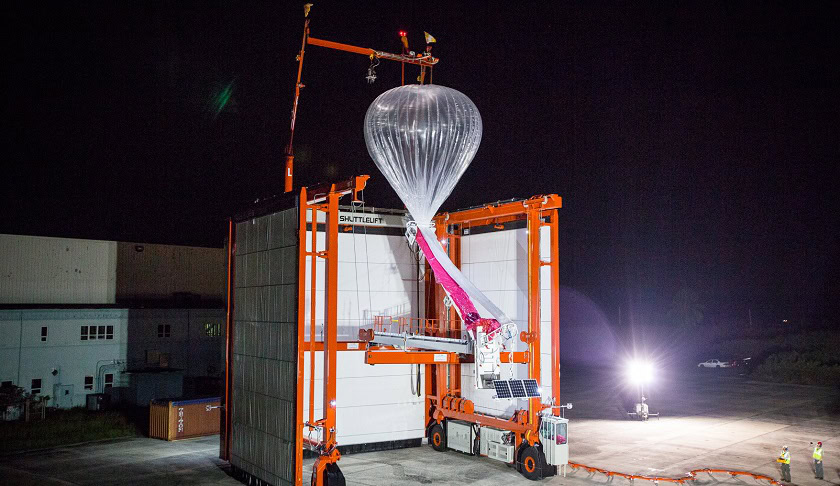Affiliate links on Android Authority may earn us a commission. Learn more.
Google's Project Loon can now use fewer balloons to offer internet access
Published onFebruary 16, 2017

Project Loon is certainly one of the more “out there” projects that being funded by Google’s parent company Alphabet. The idea is to help areas of the world that have little to no internet service to get access via a series of high-altitude balloons that can send and receive data to the ground below. Today, the Project Loon team offered an update on their efforts, and they claim that they have found a way to use less balloons than they first thought to accomplish the same task.

In an post on its Google+ page, the Loon team said that back when the project was first tested in 2013, they thought they would need to put up a “continuous stream of balloons around the world” in order to fulfill the project’s goals. Since then, the team says they have learned a lot more about how the high winds in the upper atmosphere move. As a result, the Loon team has made changes to its navigation algorithm and the balloons’ altitude control system.
Now, the team says they can make the Loon balloons access a wider variety of winds in the air, and they can move north, south, east, or west. As a result, those balloons don’t need to be placed in a ring around the world, but rather can be clustered over a more concentrated area that may lack internet access. This also means that less balloons overall will need to be put in the air.
This new method has already been tested in the field. In 2016, the Loon team launched balloons from Puerto Rico that were sent over the country of Peru. They were able to keep a cluster of those balloons over Peruvian airspace, and some stayed up for as long as three months. The Loon team believes that, using this new clustering method for its balloons, it is now “years closer to our goal of bringing Internet connectivity to unserved areas.”
While that may be true, it’s also true that Alphabet has also been looking harder into its “moon shot” projects like Loon. Tons of money has already been sunk into this project, with no profitable results so far. Loon has only been tested in small scale efforts around the world, but so far, there’s no word on when full scale service will begin.